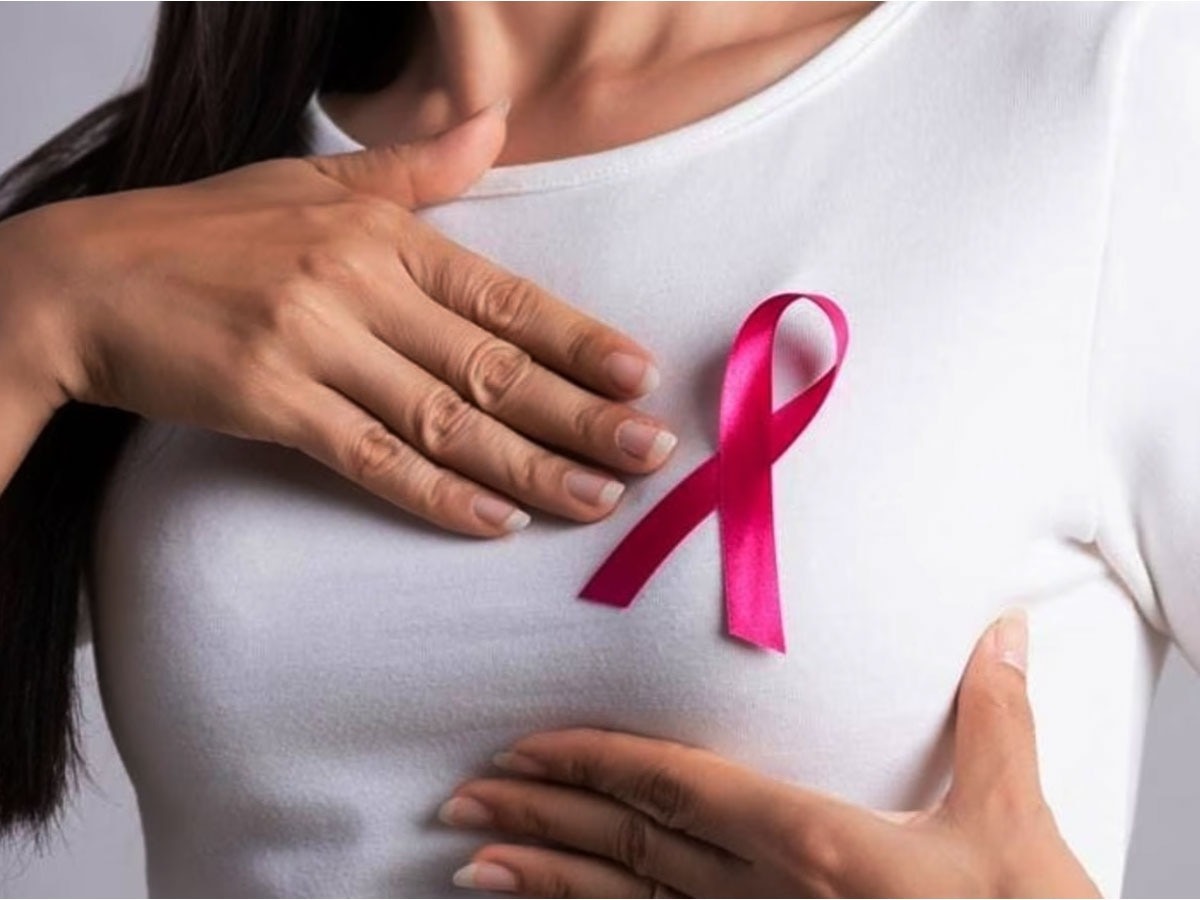
It’s often assumed that poorer, less developed nations struggle the most with disease prevention, but a recent study challenges this notion. Surprisingly, two highly developed nations—Australia and New Zealand—top the global list for the highest breast cancer rates.
Australia and New Zealand Lead in Breast Cancer Cases
A new study by researchers from Australia and Canada analyzed breast cancer incidence and mortality rates across 185 countries. Their findings reveal a stark reality: globally, 1 in 20 women will be diagnosed with breast cancer in her lifetime, and 1 in 70 will succumb to the disease.
However, the risk of developing breast cancer isn’t evenly spread worldwide. According to the study, reported by Xinhua News Agency via the Science Media Exchange (Scimex), the highest incidence rates are in Australia and New Zealand, followed by North America and Northern Europe. Meanwhile, the lowest rates are found in South Central Asia.
In 2022, Australia and New Zealand recorded an age-standardized incidence rate (ASIR) of 100.3 cases per 100,000 people—a stark contrast to South Central Asia's 26.7 cases per 100,000.
Why Are Breast Cancer Rates So High?
Dr. Nehmat Houssami from the University of Sydney, a co-author of the study, points to key factors behind the high breast cancer rates in Australia and New Zealand. She cites:
- Aging populations
- Lifestyle choices such as alcohol consumption, low physical activity, and obesity
While these factors contribute to rising cases, they also highlight the need for preventive measures and awareness campaigns.
Where Is Breast Cancer Most Fatal?
Interestingly, while Australia and New Zealand have the highest incidence rates, the mortality rate (ASMR) is highest in Melanesia, with 26.8 deaths per 100,000 people, followed by Polynesia and Western Africa. On the other hand, Eastern Asia reports the lowest mortality rate, with 6.5 deaths per 100,000 people.
France Tops the Lifetime Risk List
Among all countries studied, France has the highest lifetime risk of developing breast cancer, while Fiji records the highest lifetime risk of breast cancer-related deaths.
In response to the growing crisis, the World Health Organization (WHO) launched the Global Breast Cancer Initiative (GBCI) in 2021. The initiative aims to reduce breast cancer mortality by 2.5% per year worldwide.
Which Countries Are Meeting Breast Cancer Targets?
So far, only seven countries have successfully met the WHO's GBCI target:
- Malta
- Denmark
- Belgium
- Switzerland
- Lithuania
- The Netherlands
- Slovenia
Meanwhile, Australia and New Zealand have also made progress, reducing mortality rates by 2.1% per year over the past decade.
A Growing Concern: The Future of Breast Cancer
The study sounds an urgent alarm: by 2050, breast cancer cases and deaths are expected to increase by 38% and 68%, respectively. The worst impact will likely be felt in countries with low Human Development Index (HDI) scores, where healthcare access remains a challenge.
With such a steep rise predicted, researchers emphasize the need for immediate global action to bridge healthcare gaps and improve breast cancer survival rates, especially in lower-income countries.
Read More: Cardiologist Dr Jivitesh Satija Lists Healthy Looking Foods That Act Like Slow Poison

 Share
Share



